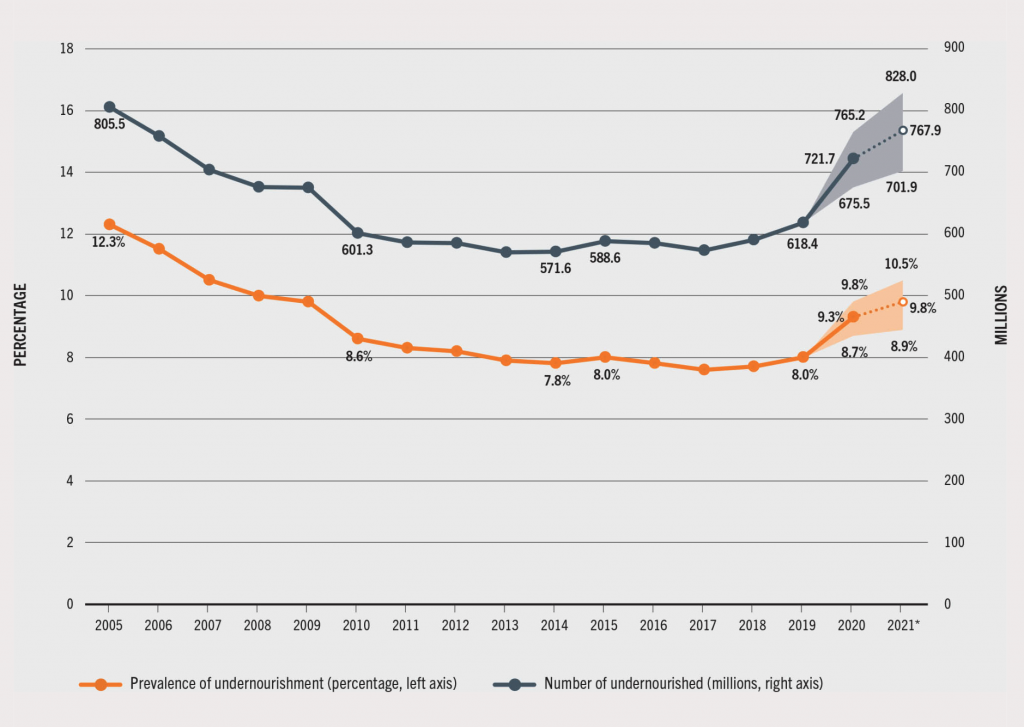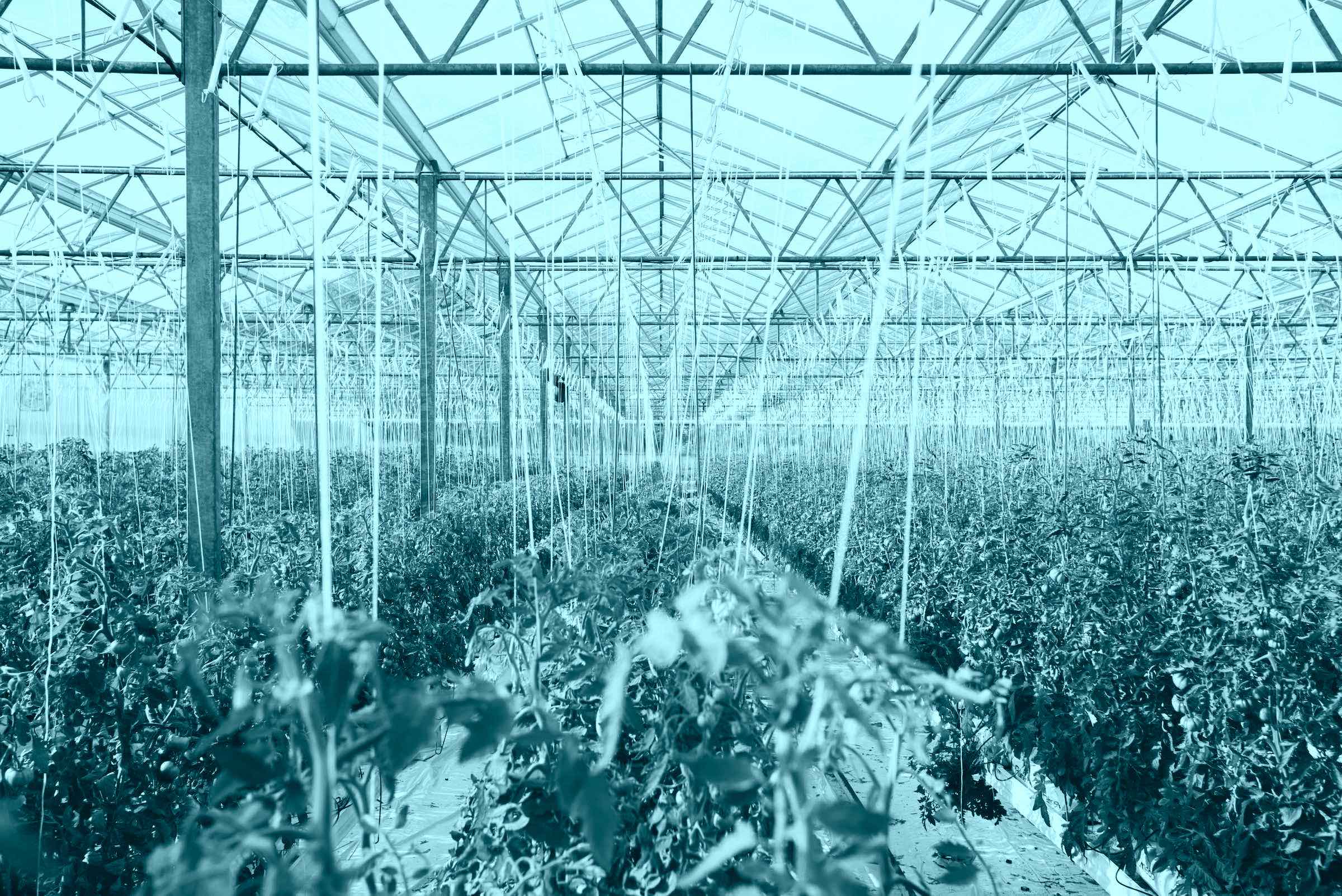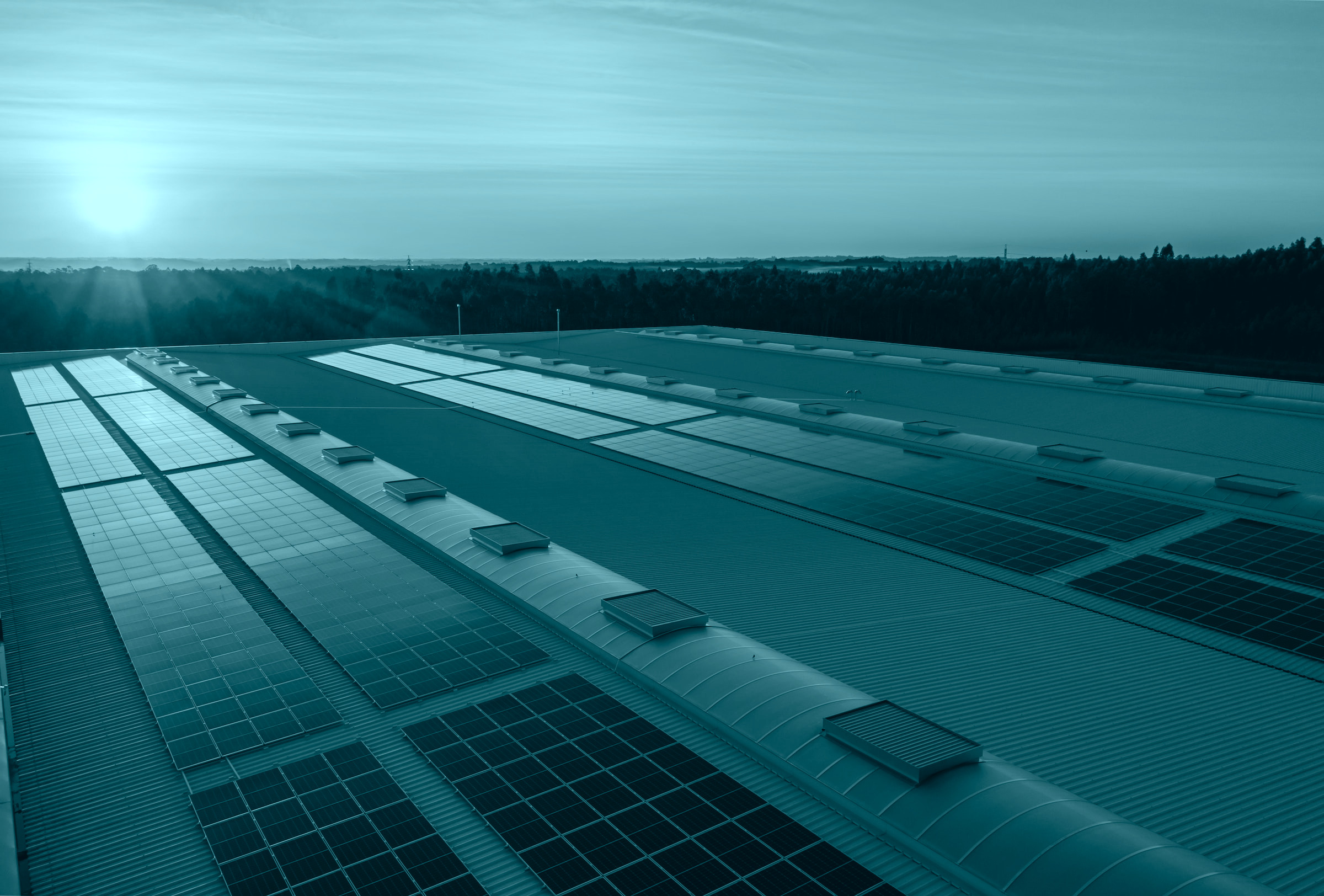The expression “Food Security” was first coined during the World Food Conference in 1974, when world leaders gathered in Rome under the auspices of the UN Food and Agriculture Organization (FAO), in the wake of a dire famine that hit Bangladesh.
One of the outcomes of the Conference was the Universal Declaration on the Eradication of Hunger and Malnutrition, stating that “every man, woman and child has the inalienable right to be free from hunger and malnutrition in order to develop their physical and mental faculties.”
In this context, food security was defined as the “availability at all times of adequate, nourishing, diverse, balanced and moderate world food supplies of basic foodstuffs to sustain a steady expansion of food consumption and to offset fluctuations in production and prices”.
Later definitions shifted the focus of the definition from a matter of supply and production to issues of demand and access. In 1983, FAO’s definition of food security implied “ensuring that all people at all times have both physical and economic access to the basic food they need.”
Food insecurity, on the other hand, is a “limited or uncertain availability of nutritionally adequate and safe foods or limited or uncertain ability to acquire acceptable foods in socially acceptable ways”, according to a definition by the United States Department of Agriculture (USDA).
In 1996, the first World Food Summit took place in Rome, and resulted in the adoption of the Rome Declaration on World Food Security in which member states pledged their “commitment to achieving food security for all and to an ongoing effort to eradicate hunger in all countries.” Here, it was also stated that food security “exists when all people, at all times, have physical and economic access to sufficient, safe and nutritious food to meet their dietary needs and food preferences for an active and healthy life,” which is still the commonly accepted and working definition of food security.
The concept of food security continues to evolve, influenced by changes in policy, environment, and economies. It is a transversal and multidimensional issue that needs to incorporate the concepts of vulnerability, risk management, human rights, and resilience to external natural or human-made challenges, such as droughts, wars, or economic instability.
International organizations such as the World Health Organization (WHO), FAO and the World Summit on Food Security, suggested some “pillars” that determine food security. They are: availability, access, utilization, stability, agency, and sustainability.
On a more quantitative level, food security can be measured as the number of calories to digest out to intake per person per day, available on a household budget.
However, the different indicators that define food security are not equally simple to measure and it is not always straightforward to grasp the full picture. For example, it can be reasonably easy to measure availability of food, considering its production and supply, or its nutritious value, but rigorous measures of its accessibility remain quite elusive.
The State of Food Security in the World
More recently, it has been widely recognised that a changing climate has significant impacts on global food security. The increase of extreme events, such as droughts and floods, and the rise in temperatures due to climate change have a range of destructive effects on agriculture, crops, and infrastructures. Moreover, the need for resilient agricultural and economic systems makes least advantaged regions of the world more at risk of suffering the hardest consequences.
“Nutrition is one of the most alarming ways in which our actions are coming back to haunt us,” writes Harvard scientist Samuel S. Myers in his short essay “Food and Nutrition” in The Climate Book. “Planetary health is teaching us that everything is connected – that our transformation and degradation of nature come back to affect us.”
In 2022, the report “The State of Food Security and Nutrition in the World” was released jointly by FAO, IFAD, UNICEF, WFP and WHO. Its results are intended to “dispel any lingering doubts that the world is moving backwards in its efforts to end hunger, food insecurity and malnutrition in all its forms.”
According to the report, between 702 and 828 million people were facing hunger in 2021, that is, 150 million people more since 2019, before the outbreak of the Covid-19 pandemic.

In response to the rapid spread of the SARS–CoV–2 virus at the beginning of 2020, governments worldwide implemented local lockdowns that led to increased unemployment and disrupted transport routes and supply chains, resulting in increased food insecurity, whether due to reduced incomes or increased food prices.
A study led by CMCC@Ca’Foscari, the strategic partnership between the CMCC Foundation and Ca’ Foscari University of Venice, and RFF-CMCC European Institute on Economics and the Environment, tracked food insecurity and its determinants in lower-income countries during the COVID-19 pandemic. The paper highlights the importance of understanding the local contexts in terms of socioeconomic inequalities to enable the design and implementation of more effective safety net policies.
“These important debates over how to best reduce food insecurity tend to flare up during crises, such as pandemics, but are increasingly relevant more broadly given the persistence of food insecurity across low- and middle-income countries and growing evidence that climate change is resulting in an increase in the number of under-nourished people across the globe”, comment authors Shouro Dasgupta, researcher at the CMCC Foundation and RFF-CMCC European Institute on Economics and the Environment, Lecturer at Ca’ Foscari University of Venice, and Elizabeth JZ Robinson, Director of Grantham Research Institute, LSE. “As evidence increases that climate change is directly harming food security, government policies will be central to how countries adapt to the realities of climate change, particularly in terms of the likely increases in frequency and severity of shocks, on top of the slow-burn impact of increasing temperatures on crop yields.”
The Future of Sustainable Food Security for All
The concept of food security is central in the UN’s 2030 Agenda for Sustainable Development, which was launched in 2015. The second Sustainable Development Goal (SDG 2) “Zero Hunger” pledges to “end hunger, achieve food security and improved nutrition and promote sustainable agriculture” by the year 2030.
Projections from “The State of Food Security and Nutrition in the World” report show that nearly 670 million people – that is, 8 percent of the world population – will still be affected by hunger in 2030, exactly the same percentage as in 2015. In this scenario, the hope of meeting the goal in time looks unlikely.
As highlighted by the report, “the world is moving in the wrong direction.” The policies on food and agriculture are often not efficiently designed to promote healthy and affordable diets and support is also not equally distributed. According to the report, this could be tackled by “reducing the cost of nutritious foods relative to other foods and people’s income, which, in turn, helps countries make more efficient and effective use of – in many cases – limited public resources.”
Climate change poses a serious threat to global nutrition security, while current food systems are significantly contributing to this warming dynamic, and malnutrition is reducing people’s ability to cope with the induced changes. In this context, climate science is crucial to inform international institutions and local decision-makers alike in the design and selection of sustainable, effective, and innovative solutions.
More information:
– The State of Food Security and Nutrition in the World 2022: https://www.fao.org/documents/card/en/c/cc0639en
– The Global Food and Nutrition Security Dashboard by the Global Alliance for Food Security (GAFS): https://www.gafs.info/home/
– A tale of empty plates, an interactive story on the State of Food Security by FAO: https://www.fao.org/interactive/state-of-food-security-nutrition/en/






